Double-bracket flow quantum algorithm for diagonalization
Marek Gluza
NTU Singapore
slides.com/marekgluza
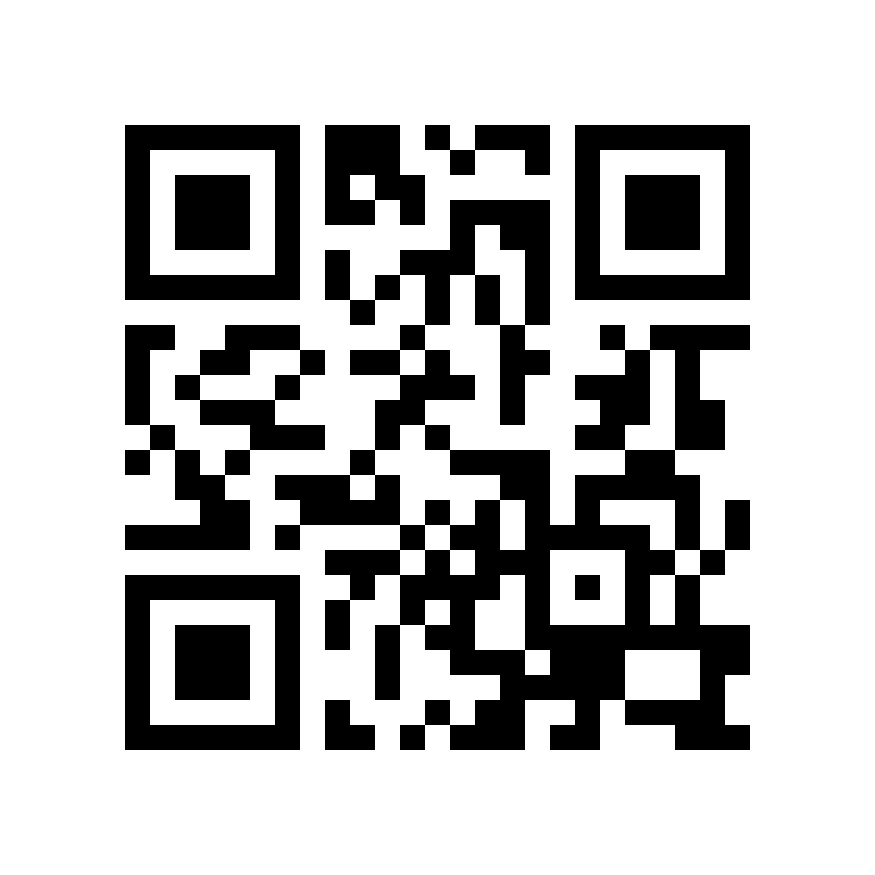
New quantum algorithm for diagonalization
no qubit overheads
no controlled-unitaries
0
0
0
0
C
0
0
0
0
Simple
=
Easy
Doesn't spark joy :(
New quantum algorithm for diagonalization
building useful quantum algorithms
new approach to preparing useful states
building useful variational circuits
tons of fun maths in the appendix
no qubit overheads
no controlled-unitaries
0
0
0
0


New quantum algorithm for diagonalization
0
0
0
0

1) Dephasing
2) Group commutator
3) Frame shifting

What have
condensed-matter theorists
been up to in the 90's?
BTW: For the next 2 years I will be working on theory support for prof. Rainer Dumke as NTU PPF (super-conducting qubits, tomography zoo, proof-of-principle quantum algorithms...)
Research assistant "quantum engineer" positions available
(python, mathematica, Qiskit)
Głazek-Wilson-Wegner flow
GWW flow equation
Flow duration
GWW flow unitary
Flowed Hamiltonian
Input Hamiltonian
Canonical bracket
GWW flow monotonicity
Restriction to off-diagonal
Restriction to diagonal
as a quantum algorithm
Głazek-Wilson-Wegner flow
GWW flow equation
Flow duration
GWW flow unitary
Flowed Hamiltonian
Input Hamiltonian
Canonical bracket
GWW flow monotonicity
Restriction to off-diagonal
Restriction to diagonal
Głazek-Wilson-Wegner flow
GWW flow equation
Flow duration
GWW flow unitary
Flowed Hamiltonian
Input Hamiltonian
Canonical bracket
GWW flow monotonicity
Restriction to off-diagonal
Restriction to diagonal
as a quantum algorithm
Głazek-Wilson-Wegner flow
GWW flow monotonicity
as a quantum algorithm
What's going on?
Double-bracket flow
Unitary
Satisfies a generalization of the Heisenberg equation
GWW is a particular example
transformation of
Variational double-bracket flows
that are diagonalizing

antihermitian
unitary
How to understand the continuous flow?

Piece-wise constant discretization


Piece-wise constant discretization
Notation for later:
Quantum algorithm needs to be aiming to approximate rather than directly implement
How to quantum?
Group commutator
0
0
0
0

Want
New bound
Group commutator
0
0
0
0

Want
How to get ?
New quantum algorithm for diagonalization
0
0
0
0

1) Dephasing
2) Group commutator
3) Frame shifting
Głazek-Wilson-Wegner flow
GWW flow equation
Flow duration
GWW flow unitary
Flowed Hamiltonian
Input Hamiltonian
Canonical bracket
GWW flow monotonicity
Restriction to off-diagonal
Restriction to diagonal
Dephasing is a unitary mixing channel:
as a quantum algorithm





What I mean by phase flips
N
S
N
S
N
S
N
S








What I mean by phase flips



N
S
N
S
N
S
Evolution under dephased generators
0
0
0
0

We can make it efficient:
Use unitarity
and repeat many times
New quantum algorithm for diagonalization
0
0
0
0

1) Dephasing
2) Group commutator
3) Frame shifting
How well does it work?

Variational flow example
Notice the steady increase of diagonal dominance.


Variational vs. GWW flow


Notice that degeneracies limit GWW diagonalization but variational brackets can lift them.

GWW for 9 qubits
Notice the spectrum is almost converged.



GWW for 9 qubits
Notice that some of them are essentially eigenstates!
Runtime
- are you running the full scheme?
- number of queries assuming worst-case
Runtime
- are you running heuristics?
1) Not
but optimize durations

2) It's not necessary to Hamiltonian simulate
3) It's possible to Hamiltonian simulate
4) Use approximate dephasing
5) Use variational brackets
Each of these reduces the runtime
How does it work again?
Quantum algorithm for diagonalization
0
0
0
0

1) Dephasing
2) Group commutator
3) Frame shifting
Recursion unfolded
What else is there?
Linear programming
Matching optimization
Diagonalization
Sorting
QR decomposition
Toda flow

Material science?
0
0
0
0
C


How to compute it on a laptop?
How to compute it on a quantum computer?
Hamiltonian simulation
How to compute it on a quantum computer?
Use quantum algorithms 'Hamiltonian simulation'
Trotter-Suzuki
Linear combination of unitaries
Qubitization
Randomized compiler
Hamiltonian simulation
Gaussian quantum simulators
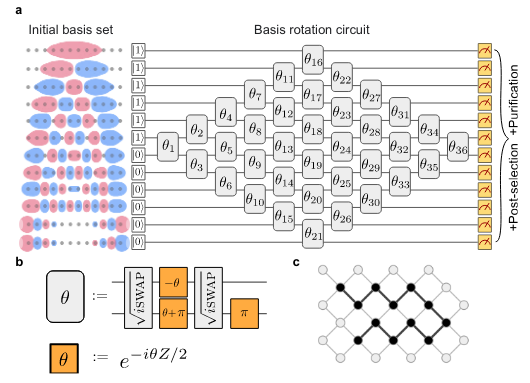
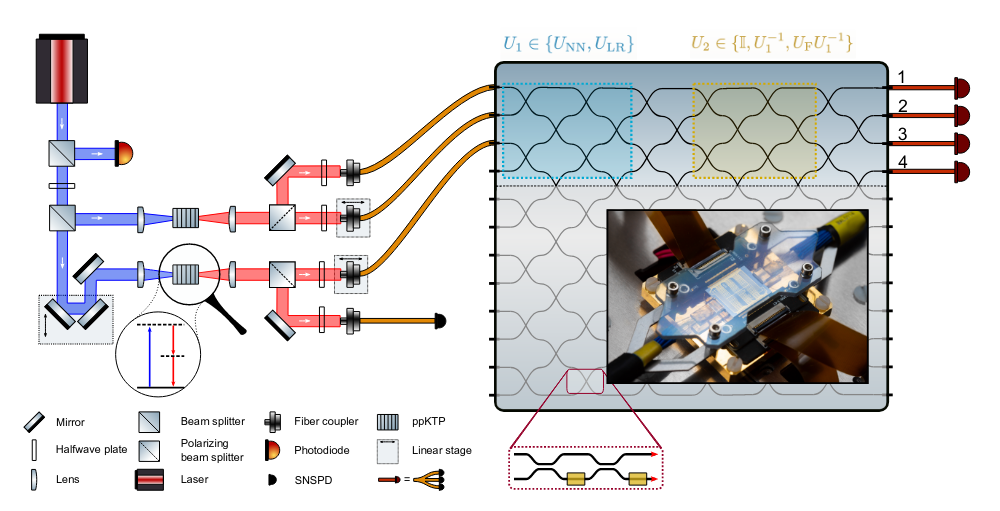











Trotter-Suzuki decomposition
Why does it work?
BCH formula
Conclusion: For short evolution time we're happy
How to implement Trotter-Suzuki?
Use Solovay-Kitaev algorithm to compile these gates but usually they are the primitive gates
0
0
0
0
Hamiltonian simulation
0
0
0
0
0
0
0
0
C

Most sophisticated theoretical methods use
controlled-unitary operations
Exercise: Local error bound
Exercise: Non-commutative identity
cf.:
Application to physics:
Version 2022 shortened: Double-bracket flow quantum algorithm for diagonalization
By Marek Gluza
Version 2022 shortened: Double-bracket flow quantum algorithm for diagonalization
- 610



